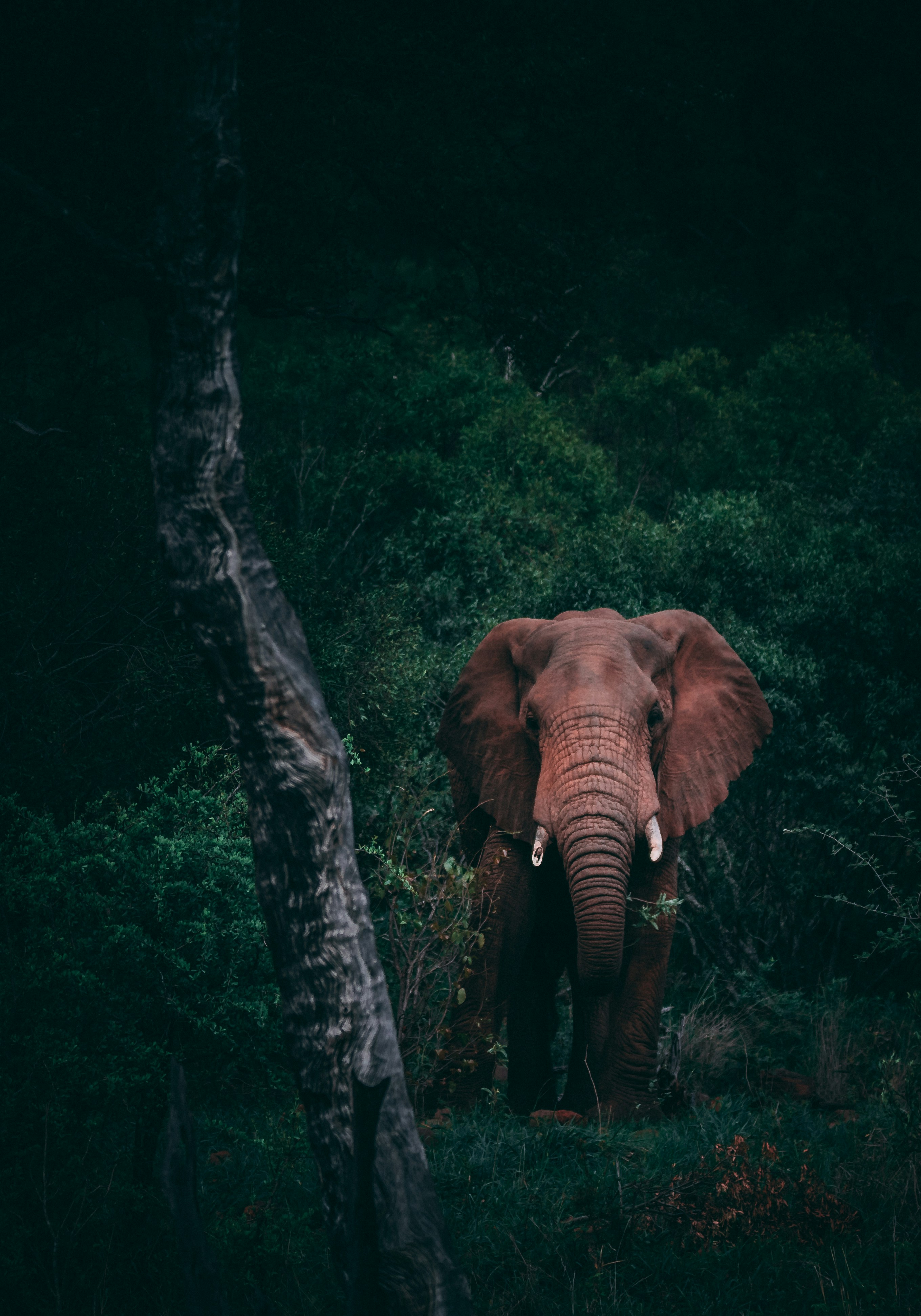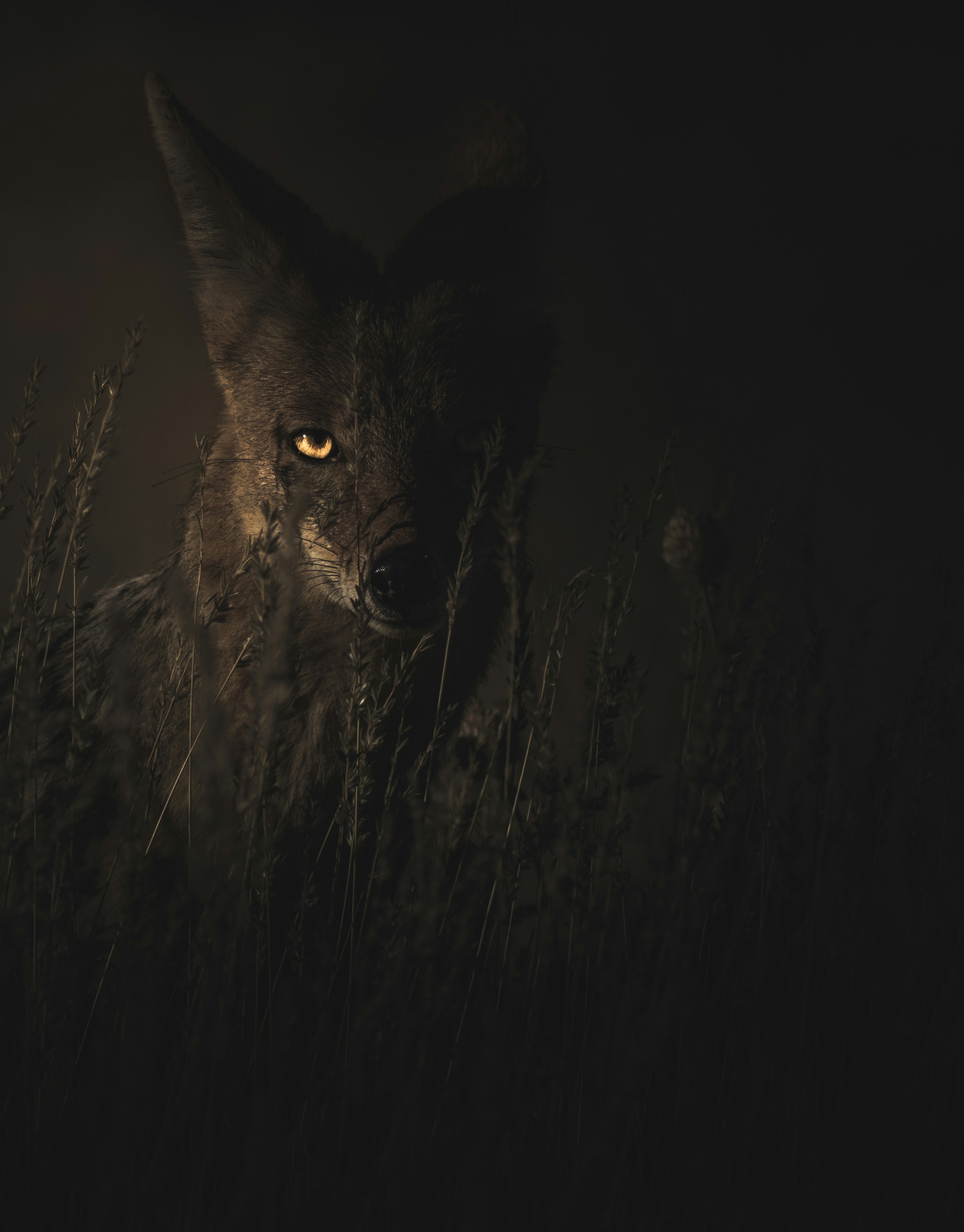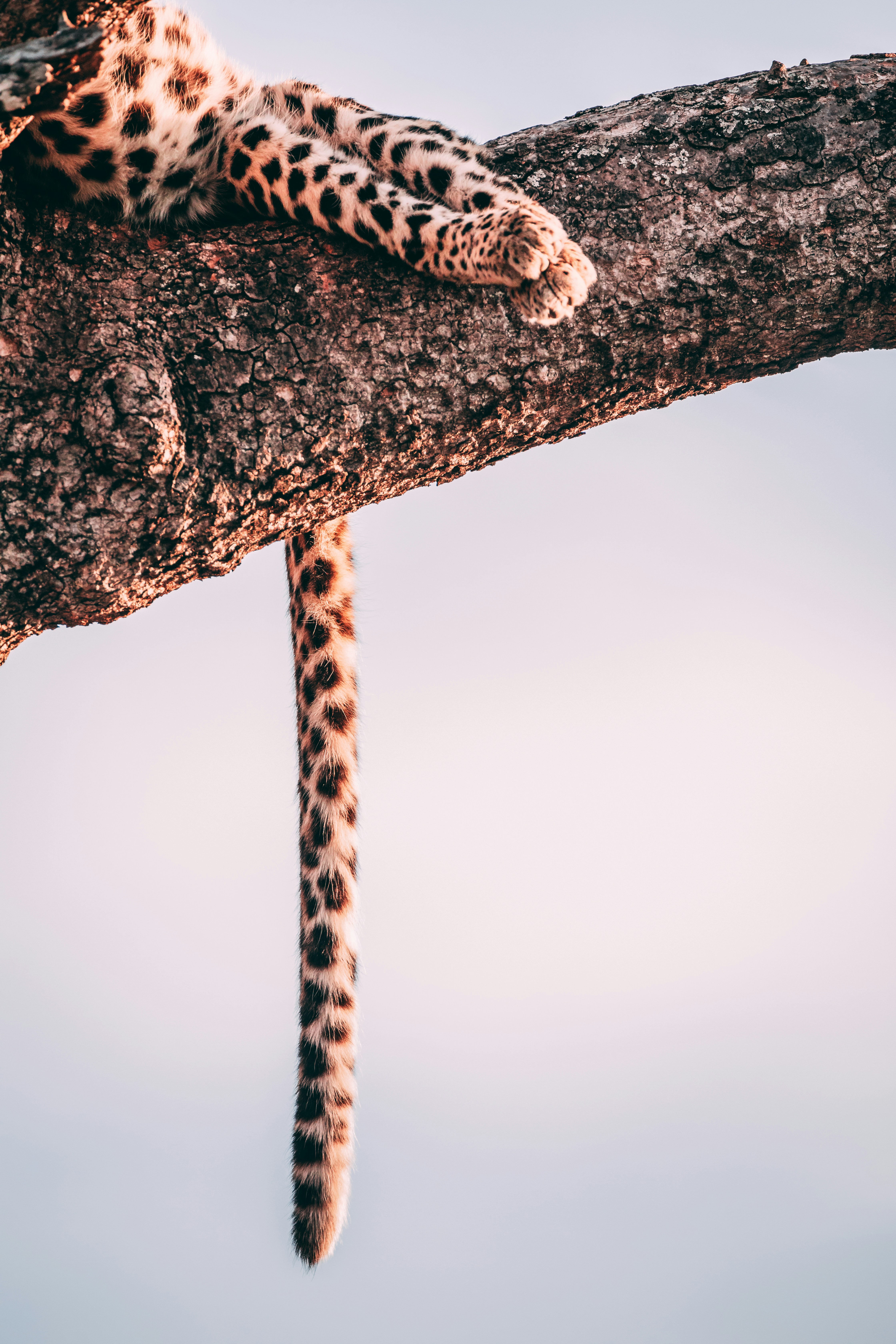Understanding Wildlife Behavior
Researching animal habits
To refine your skills in capturing wildlife in action, it is crucial to have a solid understanding of their behavior. Start by conducting thorough research on the species you intend to photograph. Learn about their feeding patterns, mating rituals, and preferred habitats. By understanding their habits, you will have a better idea of where and when to find them in action.
Observing animal behavior in the field
Once you have obtained knowledge about their habits, it is time to put theory into practice. Spend time observing the wildlife in their natural habitats. Take note of their movements, interactions, and reactions to different stimuli. This firsthand observation will help you anticipate their behavior and capture those fleeting moments in your photographs.
Learning to anticipate animal movements
The key to capturing wildlife in action lies in being able to predict their movements. By observing patterns and understanding their behavior, you can anticipate where they might be heading or what actions they are likely to take. Patience and keen observation are your allies in this endeavor. Stay alert and ready to react when the perfect moment unfolds before you.
In order to refine your skills in wildlife photography, understanding and studying wildlife behavior is imperative. Research, observation, and anticipation will empower you to capture extraordinary images of wildlife in action. So, grab your camera and immerse yourself in the world of these incredible creatures. Happy photographing!
This image is property of images.unsplash.com.
## Mastering Camera Settings
Whether you’re a beginner or have some experience in wildlife photography, refining your skills with the right camera settings is crucial for capturing wildlife in action. This section will guide you through the key aspects of camera settings that will help you improve the quality of your wildlife photographs.
Choosing the right camera gear
Before embarking on your wildlife photography journey, it’s essential to select the appropriate camera gear. A camera with a high-resolution sensor will ensure your images are sharp and detailed. Additionally, investing in a telephoto lens will enable you to capture distant subjects without disturbing them.
Understanding exposure and shutter speed
Exposure plays a vital role in wildlife photography, as it determines the brightness and darkness of your images. Learning to balance your exposure settings, such as aperture, ISO, and shutter speed, will help you achieve well-exposed photographs. Understanding shutter speed is particularly crucial for capturing wildlife in action, as it allows you to freeze motion or create an artistic blur.
Using the appropriate lens for wildlife photography
The lens you choose can greatly impact the quality of your wildlife photographs. A telephoto lens with a long focal length will allow you to magnify distant subjects and capture close-up details. Additionally, consider using prime lenses that offer wide apertures, as they provide better low-light performance and background separation.
By mastering these camera settings, you’ll have a solid foundation for capturing stunning wildlife photographs in action. Remember to practice and experiment with different techniques to refine your skills further.
This image is property of images.unsplash.com.
## Utilizing Lighting Techniques
Using natural light to your advantage
When it comes to wildlife photography, lighting plays a crucial role in capturing captivating images. Natural light can enhance the mood, texture, and color of your subjects. To make the most of it, position yourself in such a way that the light is hitting your subject at an angle, rather than directly overhead. This creates depth and eliminates harsh shadows. Experiment with different angles to find the perfect balance between light and shadow.
Understanding golden hour and blue hour
The golden hour refers to the period shortly after sunrise or before sunset when the natural light is soft, warm, and diffused, resulting in stunning images. The blue hour, on the other hand, occurs just before sunrise or after sunset, when the sky takes on a deep blue hue. Both of these times provide unique lighting conditions that can bring out the best in your wildlife photographs. Be prepared and arrive early to make the most of these magical moments.
Using fill flash for better results
In certain situations, fill flash can be a game-changer for capturing wildlife in action. It helps to fill in shadows and add highlights, resulting in images with more detail and dimension. To avoid a harsh and unnatural effect, use a diffuser or bounce the flash off a nearby surface. Use fill flash sparingly, as too much can potentially startle or disrupt the animals.
By mastering lighting techniques, you can elevate your wildlife photography and capture wildlife in action in a way that showcases their beauty and behavior. Experiment with different lighting conditions to bring out the best in your subjects, and remember to always respect and observe animals in their natural habitat.
This image is property of images.unsplash.com.
## Improving Composition
Finding the right background
When capturing wildlife in action, it’s important to pay attention to the background of your image. A cluttered or distracting background can take away from the subject of your photo. Look for a simple, clean background that enhances the animal’s presence and doesn’t compete for attention. This could mean positioning yourself to have a clear sky or a neutral backdrop behind your subject.
Using leading lines to guide the viewer’s eye
One effective composition technique is to incorporate leading lines into your wildlife photographs. These lines can be found in the environment and can be used to draw the viewer’s eye towards the main subject. This could be a line created by a stream, a tree branch, or a trail leading into the distance. By strategically using leading lines, you can create a sense of depth and guide the viewer’s gaze towards the action happening with the wildlife.
The rule of thirds and other composition techniques
The rule of thirds is a fundamental photography concept that can greatly enhance your wildlife photos. Imagine dividing your image into a grid of nine equal boxes, with two horizontal lines and two vertical lines intersecting. The focal points of your image should align with these intersections. Placing your subject off-center can create a more balanced and visually appealing composition. Additionally, consider experimenting with other composition techniques such as framing, symmetry, and negative space to add interest and impact to your wildlife shots.
Getting Close to Wildlife
Capturing wildlife in action requires not only technical skills but also the ability to get up close and personal with your subjects. Learning fieldcraft and camouflage techniques is essential for blending into the environment and minimizing your impact on the animals. By moving slowly and quietly, you can increase your chances of getting that perfect shot without disturbing them.
Learning fieldcraft and camouflage techniques
Fieldcraft is the art of stealthily maneuvering through a natural setting to observe and photograph wildlife without being noticed. By studying the behavior and habitats of your chosen subjects, you can anticipate their movements and position yourself for better shots. Camouflage techniques, such as wearing earth-toned clothing and using natural foliage as cover, can further enhance your invisibility in the wild.
Understanding animal territories and respecting boundaries
Animals have their own territories which they defend against intruders. By understanding these boundaries, you can respect the animals’ space and avoid causing unnecessary stress. This not only protects the wildlife but also allows you to approach them more closely without alarming them, increasing your chances of capturing their natural behavior.
Using blinds and hides for stealthy photography
Blinds and hides are useful tools for getting close to wildlife without being detected. These structures offer concealment, allowing you to observe and photograph animals from a close distance. Setting up a hide in advance near a known wildlife hotspot or using a portable hide while on the move can provide you with the perfect opportunity to capture wildlife in their natural habitat without disturbing them.
By mastering these techniques and respecting the animals’ space, you can refine your skills in wildlife photography and uncover the beauty of wildlife in action.
Patience and Persistence
Wildlife photography requires a great deal of patience and persistence. Capturing animals in their natural habitat, displaying their unique behaviors, can be a challenging task. However, by mastering a few essential techniques, you can refine your skills and ensure stunning results every time.
Waiting for the perfect moment
One key strategy is to be patient and wait for the perfect moment to capture the action. Wildlife behavior can be unpredictable, so it’s crucial to observe and anticipate their movements. Take your time, be quiet, and blend into the environment. This allows you to understand their patterns and position yourself for that ideal shot.
Staying in one location for extended periods
Another technique is to stay in one location for an extended period. By dedicating more time to a specific area, you increase the chances of witnessing rare behaviors. Setting up a tripod and waiting patiently can lead to remarkable photos that capture the true essence of wildlife in action.
Being ready to capture unexpected action
Wildlife encounters can sometimes be spontaneous and happen in the blink of an eye. To refine your skills, you must always be ready to capture unexpected action. Keep your camera settings optimized, perfect your timing, and maintain a constant focus. This way, you won’t miss any incredible moments that may unfold right before your eyes.
By practicing patience and persistence, honing your observation skills, and being prepared for unexpected action, you can refine your wildlife photography techniques and capture breathtaking shots of wildlife in action. Remember, it’s all about immersing yourself in their world and letting the magic unfold through your lens. Happy shooting!
Post-Processing Techniques
Capturing wildlife in action requires not only skillful photography techniques but also effective post-processing to enhance and refine your images. Post-processing can elevate your wildlife photographs from good to great, allowing you to bring out the best in your subjects and create stunning visuals that capture the true essence of the wildlife.
Choosing the right software for editing
To refine your wildlife photographs, it is essential to choose the right software for post-processing. Popular options include Adobe Lightroom, Capture One, and DxO PhotoLab. These tools offer a range of features, from basic adjustments to more advanced techniques, allowing you to enhance your images with precision and control.
Enhancing contrast and sharpness
One of the key elements in wildlife photography is capturing the intricate details of your subjects. To make these details pop, you can use post-processing techniques to enhance contrast and sharpness. Adjusting the contrast can bring out the textures and colors, making your images more dynamic and engaging. Sharpening the image can further accentuate the fine details, ensuring every feather, scale, or fur is crisp and well-defined.
Removing distractions in post-processing
While capturing wildlife in their natural habitat, it is common to encounter distractions in the frame, such as twigs, branches, or other animals. These distractions can take away from the focus and impact of your subject. In post-processing, you can use techniques like cloning or content-aware fill to remove these distractions and create a cleaner composition that directs the viewer’s attention to the main subject.
Refining your wildlife photography skills through post-processing techniques allows you to create captivating images that showcase the beauty and behavior of the animal kingdom. By choosing the right software, enhancing contrast and sharpness, and removing distractions, you can transform your photographs into stunning works of art that celebrate the wonders of wildlife.
Ethical Considerations
Respecting wildlife and their habitats
When pursuing wildlife photography, it is essential to approach the task with a strong sense of ethics. Respecting the wildlife and their natural habitats should be your primary concern. Always remember that you are a guest in their world, and it is your duty to minimize your impact. To ensure you maintain this respect, familiarize yourself with the local regulations and best practices for wildlife photography in your area.
Staying a safe distance from animals
Maintaining a safe distance from wildlife is crucial for both your safety and the well-being of the animals. It is vital not to disturb their natural behavior or endanger their lives by getting too close. Utilize long lenses, telephoto capabilities, and stealth techniques to capture your shots from a safe distance. This way, you can observe and document their natural behaviors without causing them distress.
Avoiding behavior that may disturb or harm wildlife
In your pursuit of capturing wildlife in action, it is important to avoid any behavior that might disturb or harm the animals. Common examples include making sudden loud noises, chasing or cornering animals, or feeding them in an attempt to get better shots. Such actions can have detrimental effects on their behavior patterns and overall well-being. Always prioritize the welfare of the animals over getting the perfect photograph.
By adhering to these ethical considerations, you can refine your skills in wildlife photography while ensuring the well-being and preservation of the animals and their habitats. Remember, as a wildlife photographer, you have the responsibility to showcase the beauty of nature without causing harm or disturbance.
Researching and Choosing Locations
Finding wildlife-rich areas
- To refine your skills in wildlife photography, it is essential to research and choose locations that are known to be wildlife-rich. Look for national parks, nature reserves, or wildlife sanctuaries where animals are abundant. These areas provide great opportunities to capture wildlife in their natural habitat.
Identifying the best time to visit
- Another important factor to consider is the best time to visit your chosen location. Wildlife behavior varies throughout the year, so it’s crucial to be aware of mating seasons, migration patterns, or specific times when certain species are more active. This knowledge will increase your chances of capturing captivating and dynamic wildlife action shots. Understanding local regulations and permits
- Before heading out to your chosen location, make sure to familiarize yourself with the local regulations and permits required for wildlife photography. Some areas may have restrictions on certain activities, such as using flash photography or getting too close to the animals. By adhering to these guidelines, you can ensure both your safety and the welfare of the wildlife in their natural environment.
Practicing and Reviewing
As a wildlife photographer, refining your skills and capturing animals in action requires consistent practice and reviewing of your images. This section will guide you through two important aspects of honing your wildlife photography techniques: taking frequent practice shots and reviewing and analyzing your images.
Taking frequent practice shots
To improve your wildlife photography skills, it’s essential to practice regularly. Take your camera out whenever you can and photograph various subjects, even if you’re not in a wildlife-rich environment. Experiment with different camera settings and techniques to become comfortable with adjusting quickly and capturing moments in the field.
Reviewing and analyzing your images
Once you have taken practice shots, spend time reviewing and analyzing your images. Look for areas where you could improve, such as composition, focus, or exposure. Take note of what worked well and what didn’t, allowing you to learn from both your mistakes and successes.
By frequently practicing and reviewing your images, you will develop a critical eye and gain a better understanding of how to capture wildlife in action. Remember, even the best wildlife photographers continuously refine their skills by learning from their experiences and making adjustments along the way.



